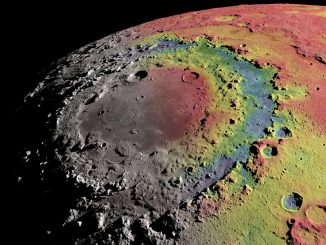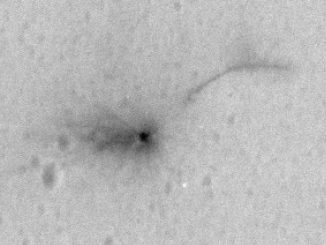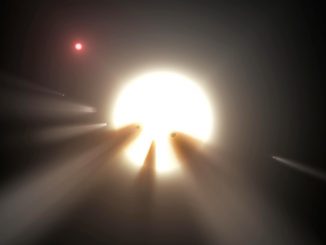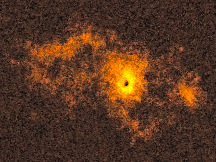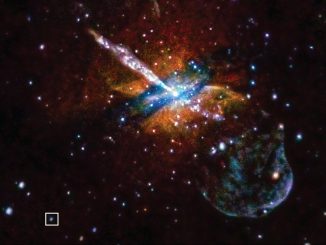
Halloween near-Earth asteroid 2003 YT1 has Polaris encounter on 2 November
At 9:24am GMT on 31 October 2016, near-Earth asteroid 164121 (2003 YT1) will safely fly by at a distance of 3.2 million miles (5.2 million kilometres), or 13.5 times the distance of the Moon. Furthermore, this 1.1-mile-(1.7-kilometre)-wide Apollo asteroid also passes very close to Polaris early on 2 November, creating a rare astrophotographic and observing opportunity.

